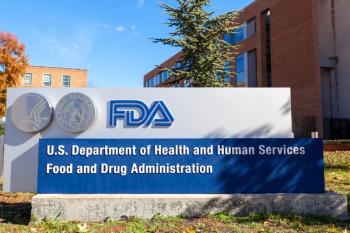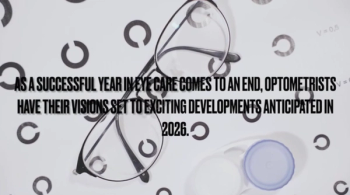
Sunshine Act ‘Open Payments' reports available for review
The U.S. Centers for Medicare and Medicaid Services (CMS) is on track to begin publicly releasing information on industry-physician financial relationship through its new National Physician Payment Transparency Program: Open Payments website (go.cms.gov/openpayments) on Sept. 30.
Editor's note: The Open Payments system was taken offline on August 3, 2014 to resolve a technical issue. To account for system down time, CMS announced it is extending the time for doctors to review their records to September 8, 2014. The public website will be available on September 30, 2014. The content of this article has been changed to reflect the updated deadline, but the timeline, seen above, is now outdated.
The U.S. Centers for Medicare and Medicaid Services (CMS) is on track to begin publicly releasing information on industry-physician financial relationship through its new National Physician Payment Transparency Program:
Beginning in July, healthcare practitioners have an opportunity to review, and if necessary correct, any information on their financial dealings with industry prior to public release. However, they must act promptly, the CMS emphasizes.
Authorized under the Physician Payments Sunshine Act provisions of the federal Affordable Care Act, the Open Payments initiative will for the first time make financial interaction between industry and healthcare practitioners a matter of public record.
The act requires manufacturers of covered pharmaceuticals, medical devices, biologics, and medical supplies that are covered by Medicare, Medicaid, or S-CHIP programs, as well as group purchasing organizations (GPOs), to report detailed information about payments or other “transfers of value” worth more than $10 to physicians and teaching hospitals.
The initial Open Payments reporting period was Aug. 1 to Dec. 31, 2013. Manufacturers and GPOs were to submit reports on financial relationship during that period to the CMS by March 31, 2014.
Reports are compiled in the new Enterprise Identification Management (EIDM) system database. The EIDM can be accessed through the
The reports will remain available for review for 45 days following their initial posting on the portal. Practitioners will have 60 days following the initial posting of the report to formally dispute inaccuracies and attempt to resolve them. That means the review period for the initial round of Open Payments reports will end on about Sept. 8 with the dispute resolution period to end about Sept. 15.
CMS urges practitioners to keep a detailed log of financial interactions with industry in order to have a record against which Open Payments reports from industry can be checked. The agency is offering healthcare practitioners free mobile phone apps that have been designed specifically for this purpose (see box).
Resolving a dispute may involve working with industry representatives to correct data, according to CMS. Should a practitioner and industry representatives be unable to resolve a dispute by the close of the 60-day dispute resolution period, the report will be posted online as “disputed” while the affected parties continue to attempt to resolve discrepancies.
The Open Payments website will be updated at least annually, according to the agency.
Healthcare practitioners must register to use the Enterprise Portal. Portal registration is open now and generally requires just a few minutes. However, access to the portal’s Open Payments section requires a second registration process, which may be more time-consuming, the agency says.
CMS officials urge practitioners to open a basic Enterprise Portal account and become acquainted with the portal as soon as possible. Doing so will help ensure practitioners can begin reviewing Open Payment reports quickly.ODT
Newsletter
Want more insights like this? Subscribe to Optometry Times and get clinical pearls and practice tips delivered straight to your inbox.













































.png)


